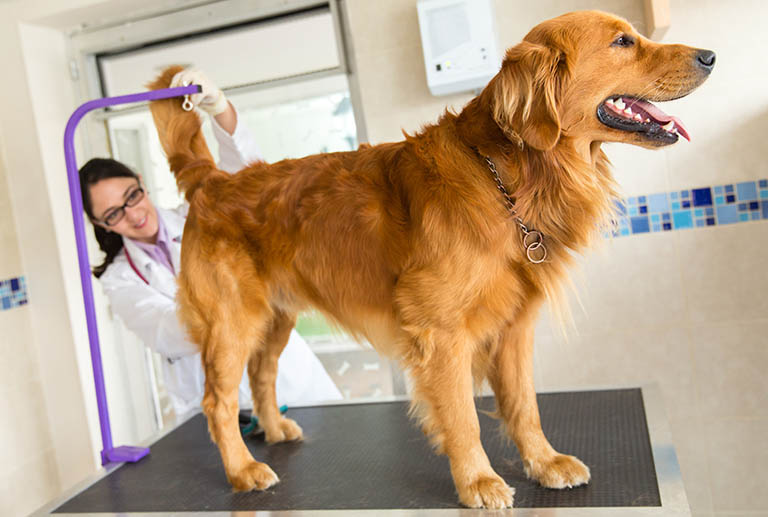Anal gland expression is one of the least glamorous but also one of the most important aspects of pet care. Understanding the complexities of anal glands and the potential issues they can cause is crucial for every pet owner.
In this blog we cover the functions of anal glands, stages of impacted anal glands, signs of problems and tips for preventing or relieving anal gland issues for dogs and cats.
Understanding Anal Glands
Anal glands, also known as anal sacs, are small glands located near the anus of dogs and cats.
These glands fulfill several important functions in the animal’s physiology. Their secretion, often characterized by a distinct odor, lets other animals know information about them such as identity, reproductive status and territorial boundaries. Some experts state that this secretion may additionally aid in the lubrication of fecal matter, particularly during instances of constipation or hard stools.
Under normal circumstances, anal glands typically empty naturally during bowel movements, prompted by pressure exerted by the fecal matter. Moreover, moments of fear or surprise can spark the involuntary discharge of these glands.
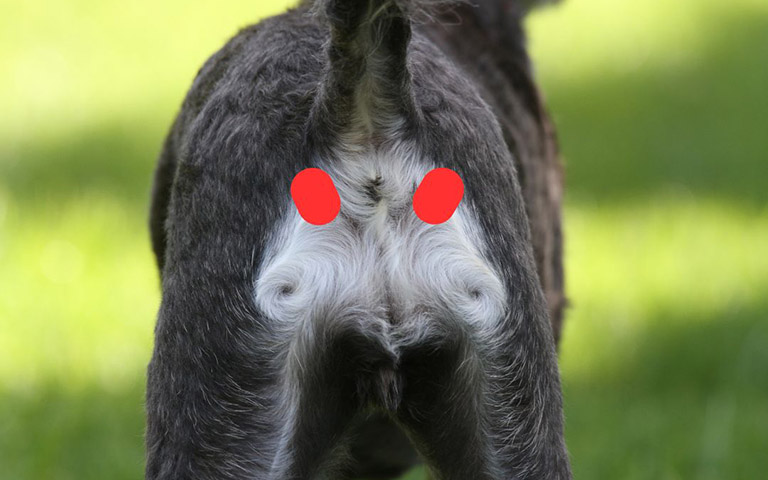
Stages of Impacted Anal Glands
Impaction and Infection in Anal Sacs
When the fluid within the anal sacs isn’t fully expelled, it can thicken and dry out, blocking the opening and causing an impaction of the anal gland. Such blockages create a favorable environment for bacterial growth, which can lead to infections. If the pet cannot naturally release this buildup, bacterial growth continues unchecked, eventually resulting in an anal sac infection or abscess.
Abscessation in Anal Glands
As the abscess develops, the anal gland accumulates not only its usual secretions but also bloody fluid or pus. WIth ongoing infection and inflammation, the pressure within the anal gland increases, leading to further swelling. This swelling may manifest visibly as bulging from inside your pet. Left untreated, this condition can lead to significant discomfort and complications for your dog or cat.
Rupture of Anal Sacs
A progressed infection may breach the skin’s surface, leading to the rupture of the anal sac. This results in the formation of a small hole near the anus in dogs or cats. Consequently, the ruptured gland can discharge a mixture of anal gland secretions, blood or pus, emitting a foul odor and leaving your pet with a painful, open wound. Moreover, this exposes the interior of the anal sac to external elements. Without prompt treatment, animals with anal gland ruptures are at risk of developing irritation or infection in the anus, rectum and surrounding skin, further exacerbating their discomfort and health complications. To learn more about each of these stages read here.
Signs of Anal Gland Problems
It’s important for pet owners to recognize the signs of anal sac issues. These symptoms may manifest as scooting or dragging the hindquarters along the ground, excessive licking or biting at the anus, foul odor emanating from the rear end and signs of discomfort or pain during sitting or defecation. Also, your pet may exhibit a lack of appetite and swelling or bulging around the anal area. If any of these signs are observed in your pet, it’s imperative to promptly address the issue to prevent further complications.
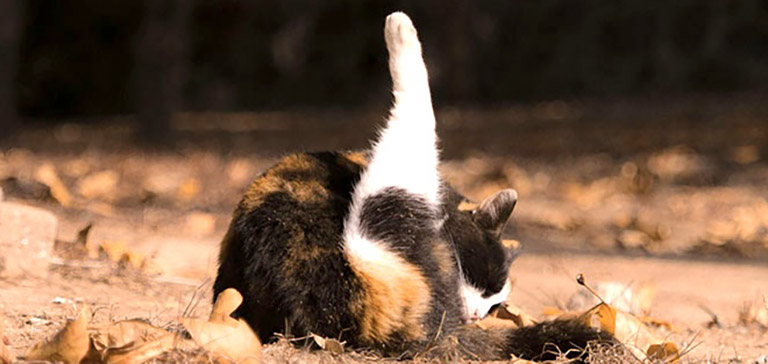
Causes of Dog Anal Gland Issues
Various factors can contribute to a dog’s anal sac problems. These include dietary deficiencies, such as a lack of fiber, as well as underlying health issues like chronic skin conditions and allergies to food or the environment. Prolonged periods of constipation, soft stools or diarrhea can also trigger these problems. Genetics play a role, with certain breeds more susceptible, including Chihuahuas, Lhasa Apsos, basset hounds, toy and miniature poodles, cocker spaniels and beagles. Small dogs and those with compact bodies tend to be more prone to anal gland issues due to their smaller duct openings. Another cause is obesity which can contribute to the problem by hindering the anal glands from properly emptying naturally, leading to blockages and infections.
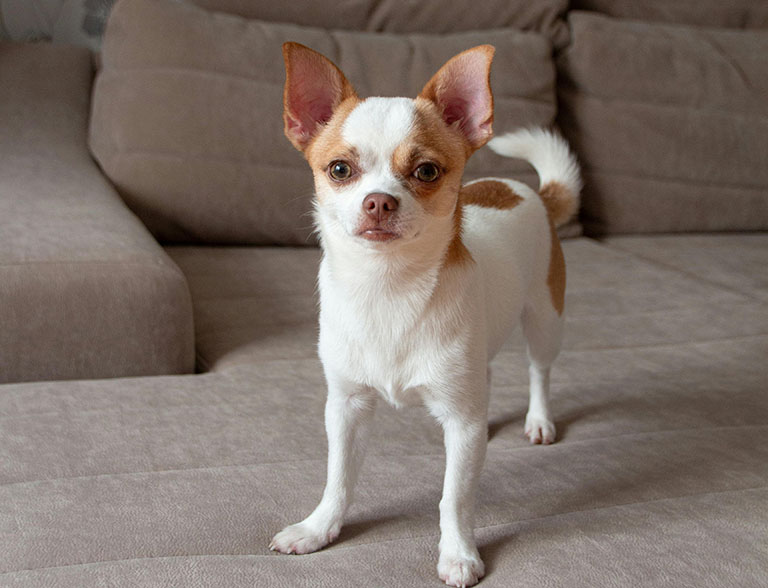
Causes of Cat Anal Gland Issues
The primary causes of anal gland issues in cats stem from a combination of factors, notably obesity, inadequate fiber intake and genetically smaller anal gland duct openings. Obesity places increased pressure on the anal sacs, as the weaker muscles have a harder time exerting pressure. A diet lacking in fiber can cause irregular bowel movements, resulting in the anal glands not always emptying. Furthermore, cats with genetically smaller anal sac duct openings are more prone to impaction or infection due to reduced drainage capacity.
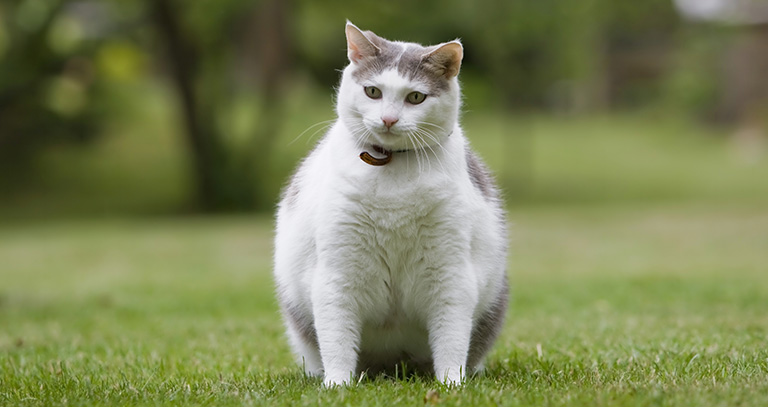
The Probability of Cats and Dogs Having Anal Sac Problems
The necessity for anal sac expressions varies significantly between cats and dogs. In the case of cats, the vast majority typically do not require anal gland expressions unless they exhibit visible signs of issues in that area. It’s generally advisable to refrain from attempting expressions unless specific symptoms arise.
Conversely, dogs commonly encounter challenges with expressing their anal glands independently. Due to their anatomy or other factors, dogs are more prone to experiencing issues that may necessitate manual expressions. If your dog is not experiencing any issues, there is no action required on your part.
Tips for Preventing Anal Gland Issues
Frequency of Anal Sac Expressions
If your dog or cat frequently experiences anal gland issues, it’s advisable to establish a regular schedule for expressing them. For both dogs and cats, expressing the anal glands every 3-4 weeks can help prevent abscess formation within the glands and reduce the risk of rupture. Consistently adhering to this schedule can effectively mitigate the potential for complications and ensure your pet’s comfort and well-being.
Balanced Diet and Exercise for Pets
Support your pet’s digestive health by feeding them a balanced diet containing ample fiber which facilitates regular bowel movements and the natural emptying of the anal glands. Additionally, a fiber-rich diet aids in maintaining a healthy weight for your pet. Incorporate regular exercise and portion control to further lower the risk of obesity-related anal gland issues.
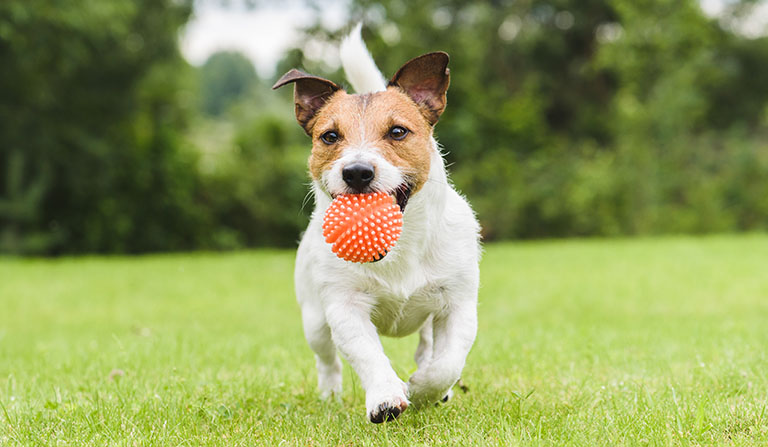
Anal Gland Expression Add-On Service
If your dog is experiencing issues, try adding our anal gland expression service to your pet’s grooming package. At Smoochie Pooch, your local groomers are skilled in performing a gentle external expression of the anal glands. This service prioritizes your dog’s comfort without applying excessive force. While this method may not always provide complete emptying, it serves as a beneficial maintenance measure. For internal anal gland expression, we recommend consulting a licensed veterinarian for expert assistance.
Note: We do not express anal glands on cats. A cat’s anal glands are best expressed by a professional veterinarian.
Your Pet’s Anal Gland Health
While anal sac issues may not be a glamorous topic of discussion, they are undeniably important for the well-being of our beloved pets. By understanding the functions of anal glands, recognizing the signs of potential problems and taking proactive steps to prevent complications, pet owners can play a crucial role in ensuring their pets live happy, comfortable lives. Whether it’s through regular expressions, a balanced diet or seeking professional assistance when needed, prioritizing anal gland health is an essential aspect of responsible pet ownership. Remember, a little care in this area can go a long way.


